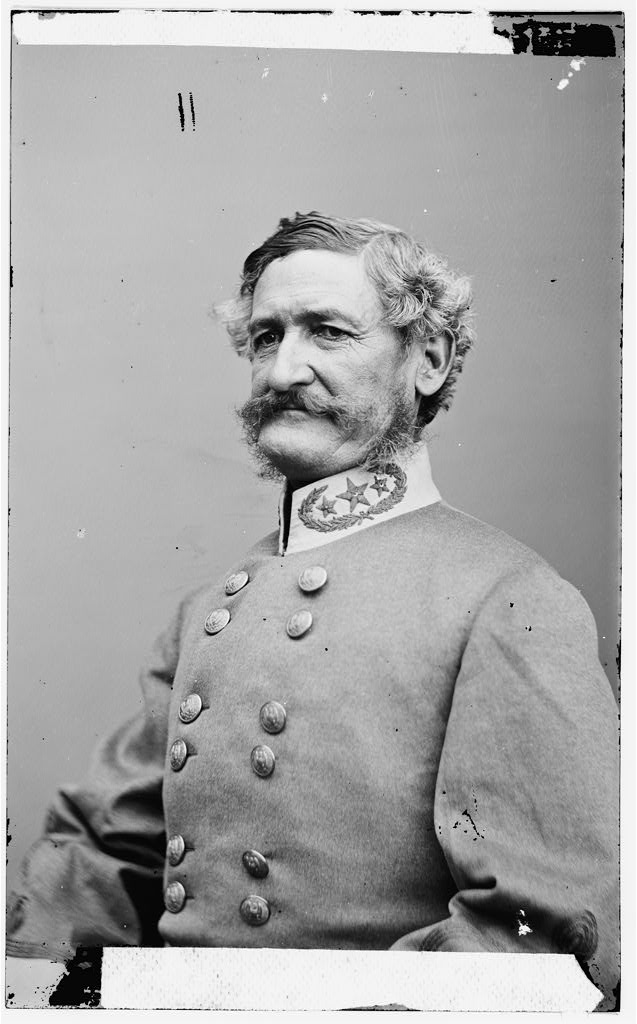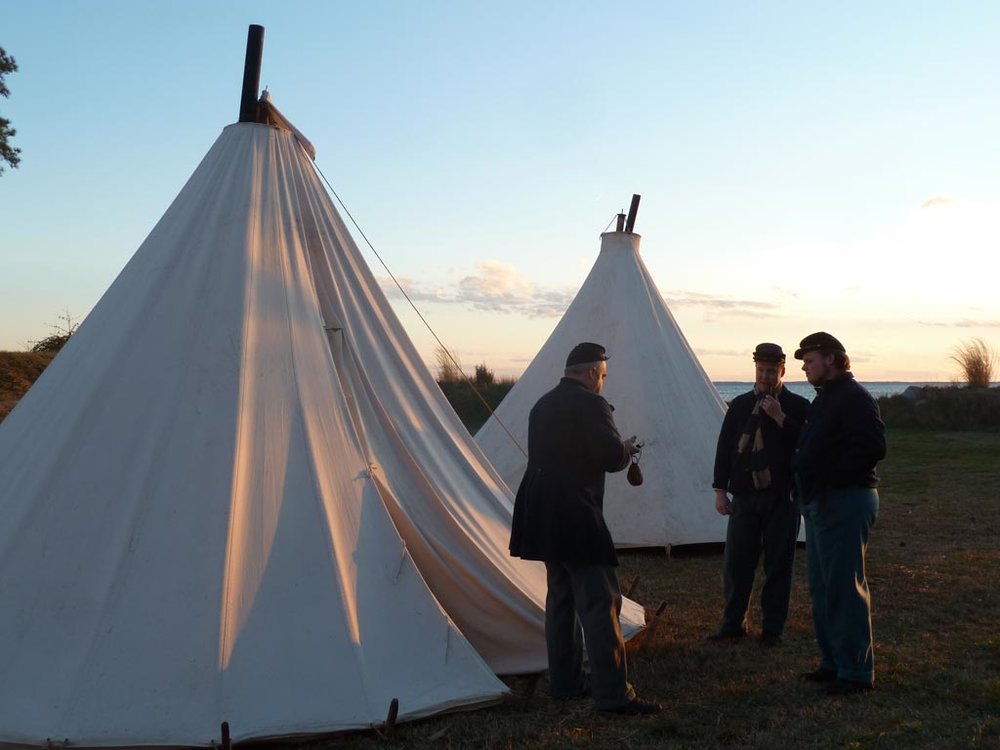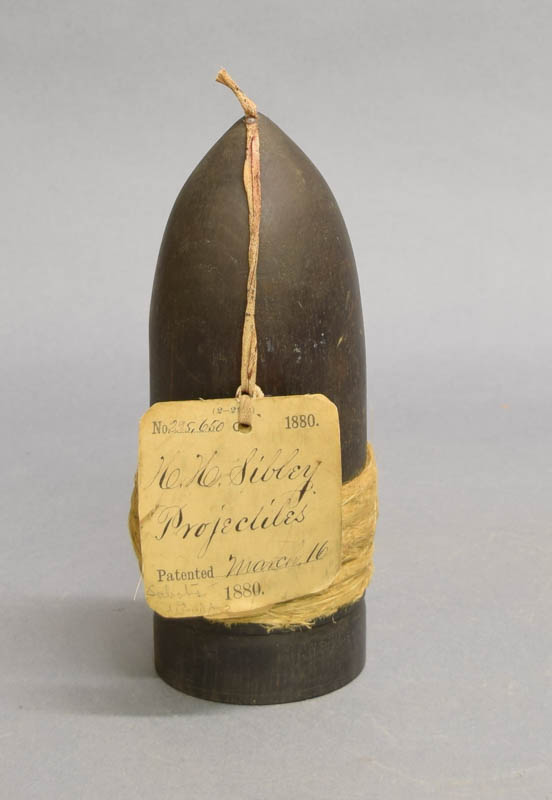Hagley has United States patent models for inventions from many famous people in the museum’s collection: George Corliss, Christian Steinway, and William Westlake, just to name a few. We also have one that might be familiar to American Civil War buffs, but perhaps not to the wider world: Henry Hopkins Sibley.

Henry Hopkins Sibley was born in Natchitoches, Louisiana, and was admitted to West Point as a Cadet in 1834. He graduated four years later and served in the U.S. Army in The Mexican-American War and across the West, eventually becoming a Major.
During this time, he invented a tent, called “The Sibley Tent”, which could sleep 12 soldiers comfortably and had a small stove for heat. Both the U.S. Army and the British Army adopted versions of this tent, and they are comfortable to sleep in, speaking from my experience!

However, Sibley was born and bred in the South so when the Civil War broke out, he left the U.S. Army and joined the Confederate States Army. As a Brigadier General, he served as the Confederate commander in New Mexico and Arizona, fighting in the Battle of Valverde and Battle of Glorieta Pass. After the war, he was recruited to serve in Egyptian Army, where he oversaw the building of forts.
When he returned to the United States in 1874, he turned back to a subject he had studied at West Point: Artillery. The object in our collection connected to Sibley is a patent model for an artillery shell, or “projectile” as it is described in the patent document. The innovation represented in this model was actual in the sabot, the separate end of the shell that helps it fit in the gun’s barrel, and the cotton wadding around the bottom half of the shell.

The idea was that the cotton would be soaked in lubricant- as the gun was fired, sending the shell up the barrel, the cotton wadding would grip the grooves on the inside of the barrel, both improving the aim and trajectory of the shot and cleaning the barrel at the same time. The metal sabot would help push any remaining cotton out of the barrel, leaving the gun clean and lubricated after each shot.
Unlike Sibley’s previous invention, the U.S. Army had no interest in this one. Sibley would continue writing about military subjects until he died in relative obscurity in 1886. Like many inventors and thinkers of his day, Sibley worked on issues he saw in his area of expertise- in this case, military ones.
Keith Minsinger is the Museum Registrar and Collections Database Manager at Hagley Museum and Library.
